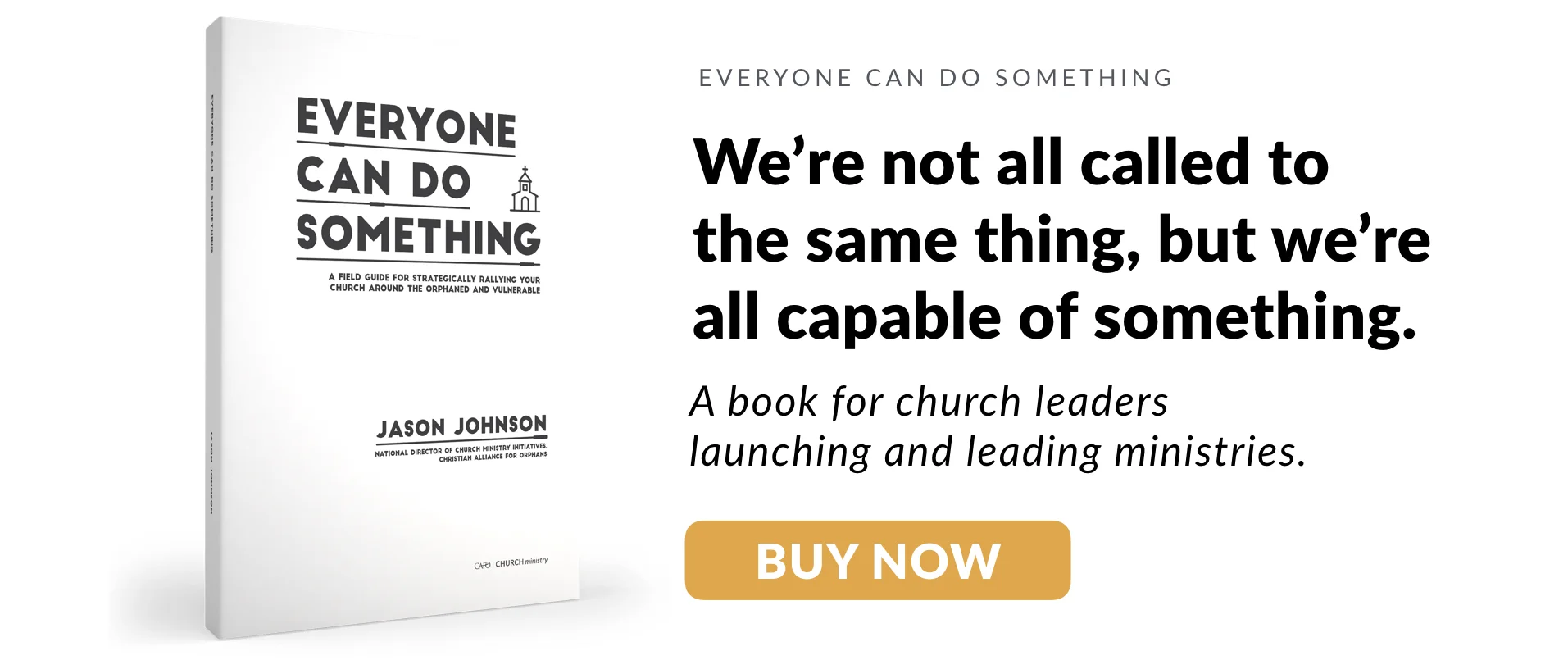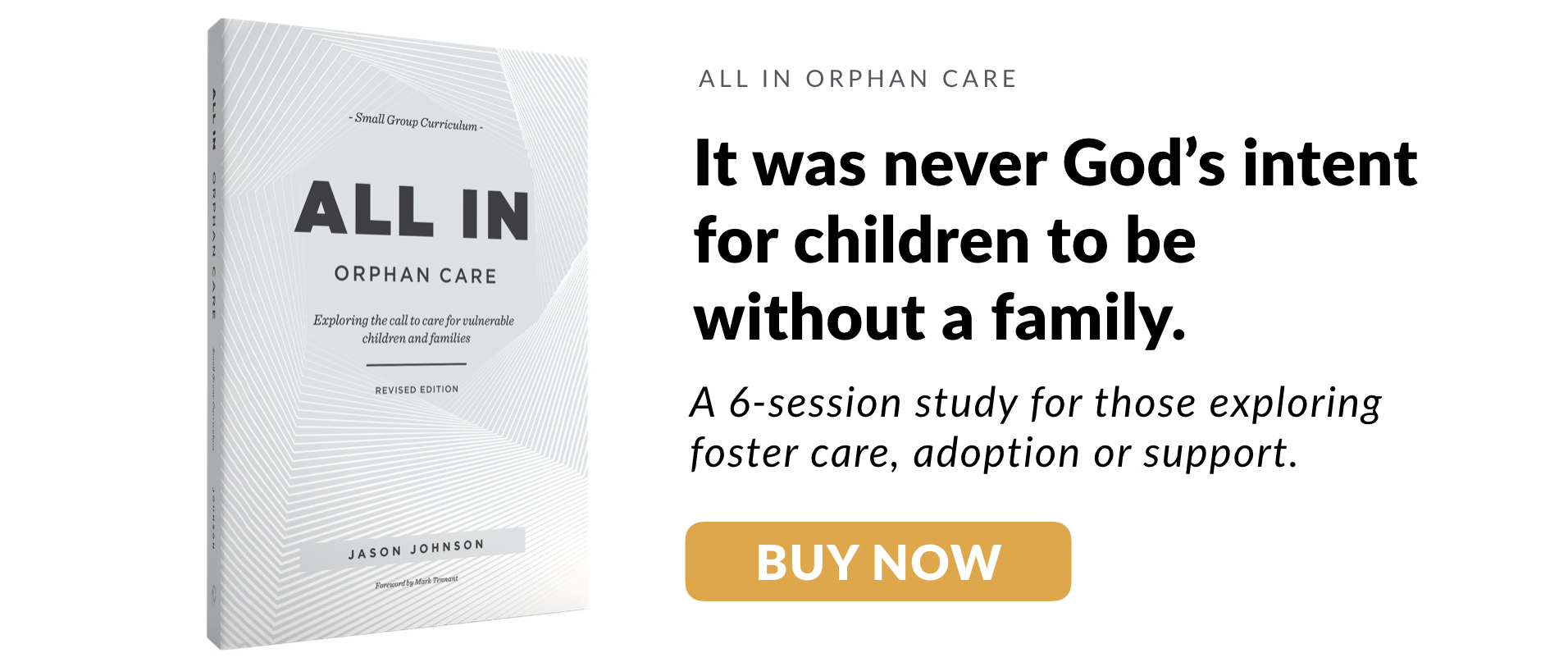Supporting families is a massively important part of your church's foster care and adoption ministry. It's easily one of the most predominant conversations to be had every time I'm working with leaders. We all know we need to have systems of support in our church, but what does that actually look like? What points of reference can we use to focus our efforts and truly meet the needs of families who are caring for children from hard places?
I like to use this simple four-part structure to give leaders a basic grid through which they can think and plan. It's certainly not exhaustive, but it's at least a helpful tool for us to think through. It acts as a frame of reference – away from the generic and broad “you should support families” to the specific and applicable “here’s some lanes to think through as you work to support families”.
I find that in general, foster and adoptive families need these four primary pillars of support (Note: This is not only applicable to foster and adoptive families, but also biological families who need support in a) trying to get their child back, or b) trying to prevent their child from being removed):
1) TANGIBLE: This includes "stuff" (beds, clothes, strollers, diapers, etc.) that people can donate and provide. Perhaps it's a foster pantry at your church or in your community, and of course Meals are ALWAYS welcome when new placements come in as well! It can also include financial support for adoption. Get creative!
2) EDUCATIONAL: Most of us are way in over our heads when it comes to loving and raising kids who have experienced trauma. Environments where parents can be trained in trauma informed care and given the tools they need to help these kids best are important. This can be classes, simulcast webinars, conferences, workshops or books. Familiarize yourself with the experts and resources you need.
3) RELATIONAL: Providing opportunities for families to be in the room with "their people" is crucial. No one outside of the foster care and adoption world truly understands what it’s like. This could include formal support groups and/or informal social hangouts where families feel comfortable, understood and encouraged. Sometimes the goal isn’t to “accomplish” anything, it’s just to be together. That’s accomplishing enough – for families to look around and be reminded that they’re not alone.
4) SPIRITUAL: It could be rightly argued that “spiritual” is not a separate category but is the umbrella over all things. And this is true. However, there are some specific things we can do to support the souls of families in the trenches. This could include studies, retreats, support groups, etc that continue to disciple families in the gospel and draw their hearts, motivations and strength back to Christ in this.
Of course this list is not exhaustive, but is merely representative of the types of things church leaders can be thinking through as they work to wrap around and support families in their communities. It may also not be the terms you would use to describe these different categories. Point being, whatever you end up calling it and however it ends up looking, it’s imperative we think about “support” through the multi-layered grid it truly is.
THREE THINGS TO KNOW:
Your church doesn’t have to do everything. This grid offers a structural paradigm by which you can identify the things your church is able to do well, and potentially find ways to collaborate with other local agencies, organizations or churches in some spaces they are exceptionally good at. It could mean, for example, that your church is excelling in providing tangible support for your families (supplies, meal, gift cards, adoption assistance, etc.) but you and other local churches are partnering with a local organization that is uniquely resourced to provide educational training for families on trauma. Or maybe your church has a few families – not enough for a full support group – and another church has one, another 4, another 2. So, your churches decided to work together to host parent night out events, collaborative support groups and other contexts of relational and social connection. Make sense?
While your church doesn’t have to do everything, it certainly can, if it has the capacity. If your church has the capacity to do them all, then you likely also have the responsibility to extend your resources to be the collaborative “hub” for other agencies, organizations and churches around you. We are far better together than we are apart. If you have the capacity to gather others, do it.
This grid reinforces the “we’re not all called to do the same thing, but we’re all capable of doing something” model. It provides a variety of on-ramps for your people to significantly impact the lives of families by using their unique gifts, passions and resources. It opens the door WIDE to other people in your church and says “Hey, the opportunities are endless and full of creativity. You can do something!”
So what are your next steps? You don’t know how to get where you need to go until you figure out where you’re starting. Perhaps it’s simply identifying what you’re already doing on this grid of support (or what you’re capable of doing pretty easily). What are you already good at doing? Excel there. Where do you have gaps? Are those gaps something you can fill internally? Or, who do you need to know externally to help you fill them (Other churches? Agencies? Organizations? Resources?).
PAVING THE PATHS
Finally, I recently read a story (or an urban legend, perhaps?) about the architects that designed the University of California – Irvine campus. It’s been told that when they built the buildings they intentionally did not install any sidewalks. Instead, they allowed students to walk from building to building for several months, essentially cutting their own “paths” in the dirt and grass. It was only then, after those paths were clearly identifiable, did the school pour some foundation and “pave” those paths.
The point is this – the absolute best way to figure out what foundational “paths” of support your families need is to figure out where your people are already walking, and what they need most to help them along that journey. Ask them. Get them together. Learn from them, then pave those paths with systems and structures.
FOR FURTHER READING I WOULD RECOMMEND THE FOLLOWING BLOGS:
Also, if you’re a church or ministry leader be sure to check out the new full-length book, “Everyone Can Do Something: A Field-Guide for Strategically Rallying Your Church Around the Orphaned and Vulnerable” below. In it you will find the tools, principles, strategies and structures you need to help your ministry take its next best steps forward.




